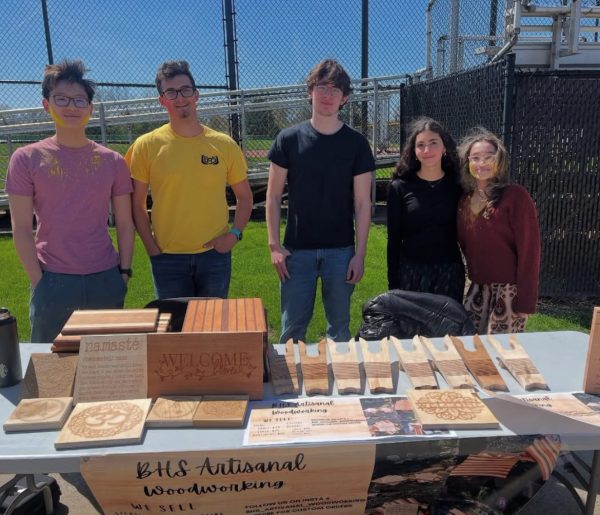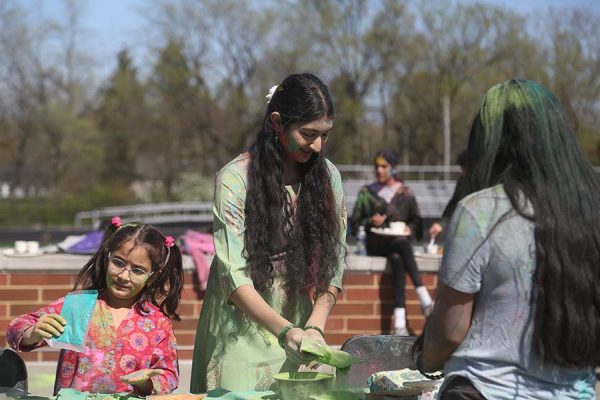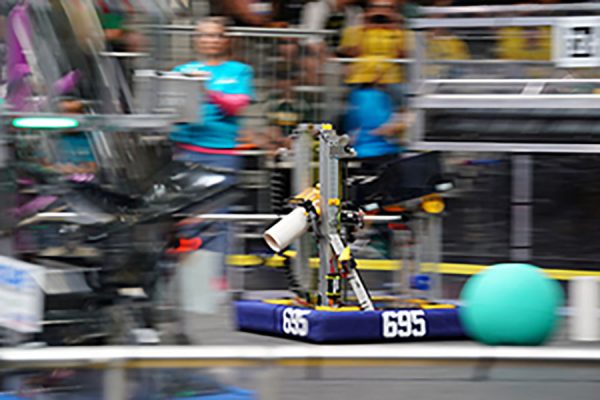Blood Drive Saves Lives
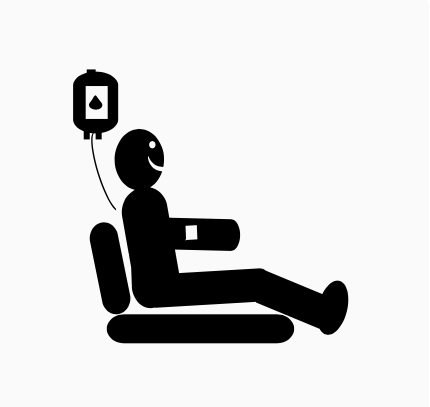
‘Blood Donation’ by A M, US via thenounproject
On Oct. 4, many students participated in the blood drive held in the BHS gym.
Sixteen students signed up, but many more people from the community came in to donate as well.
“Giving blood is an honor to be able to do for someone who needs it,” said junior Anna Ward, who was a student organizer. “That quick prick is worth saving a life.”
The drive collected 14 units of blood- roughly equivalent to 14 pints.
It takes a while to get the final count.
“They have to go through all the blood, make sure it’s good, safe, and that they have enough,” Nurse Kelly Debeljak explained.
“When you give blood, [you can] save lives,” Debeljak said. “When one person donates here, their one unit of blood can save three lives. Wearing the bandage is like a reward. It is an indescribable feeling to know that what I just did gave someone a chance at life.”
Once the blood is tested it’s divided into three components: platelets, packed red blood cells and whole blood. After the blood is deemed safe and split up, it is given to hospitals to save lives.
Every person’s blood donated is a pint, about the size of a milk carton.
Because of the blood lost, donors have to eat breakfast and drink water to replenish the lost blood.
Many restrictions apply though. Donors are asked not to give blood if they have recently traveled to certain countries, if they have recently gotten a tattoo, if they have abnormal iron levels, or have a fever, among other things.
“Read the instructions carefully” Ward warned. “I almost passed out from not eating enough for breakfast, but the nurses were quick to help and I recovered quickly.”
There are many ways to help out if you can’t give blood though.
“Volunteers can help sign people up, hang posters, help check people in, and staying with people after the blood drive,” Debeljak said.
“If you have a fear of needles, I’d suggest volunteering to get comfortable with the environment and work up to being able to donate” Ward suggests. “Every chance you get to help another person is one worth taking.
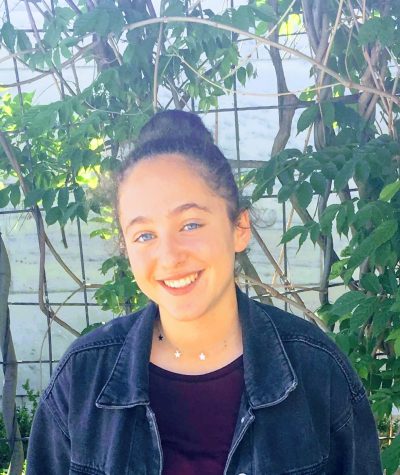
Tal Rothberg (she/her) began writing for the Beachcomber in the fall of 2018. Tal enjoys covering local stories and school events. In her free time, Tal...



